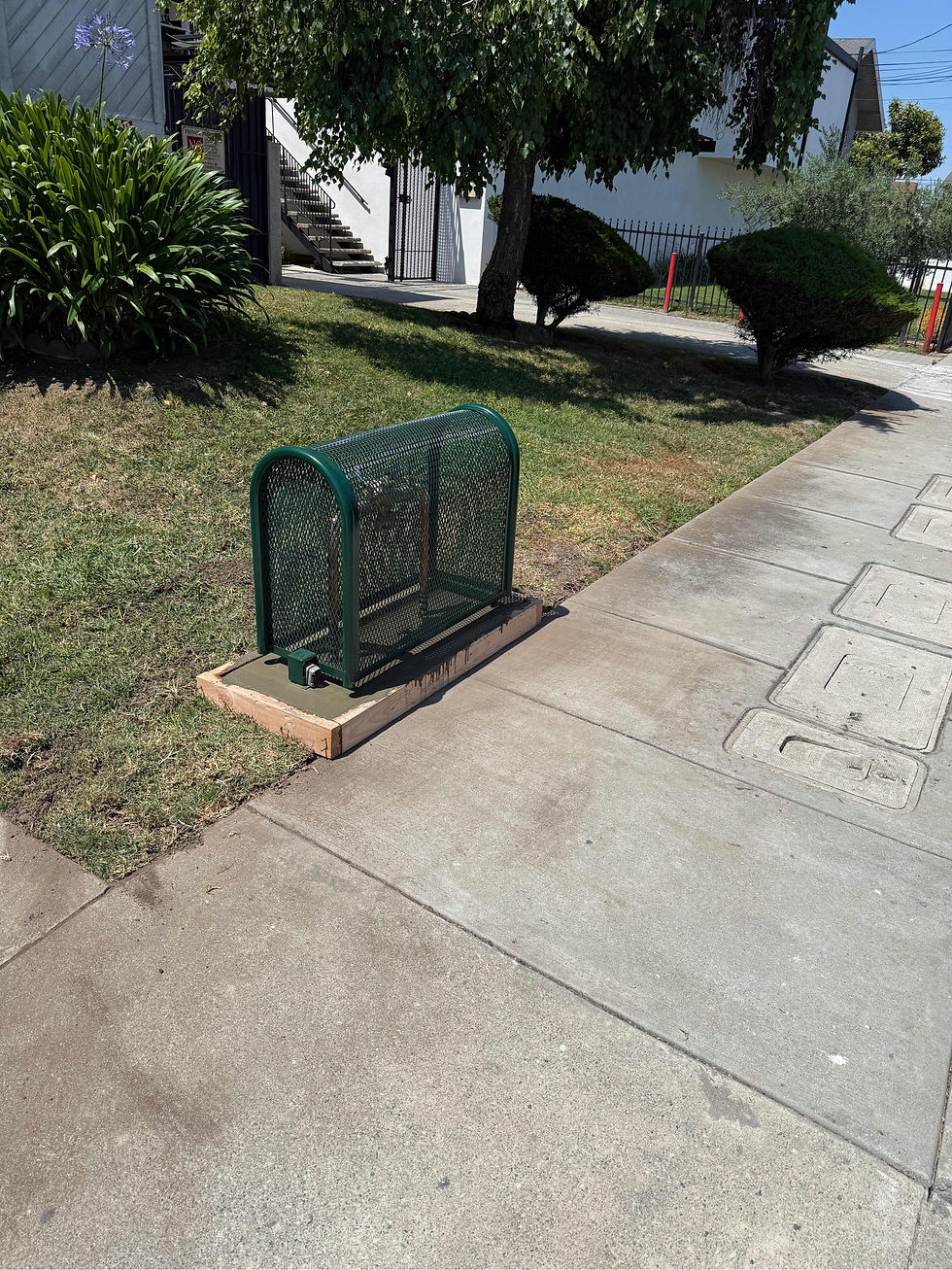Beyond the Mechanism: Exploring Alternatives to Mechanical Backflow Preventers
- bill57931
- Apr 15, 2024
- 2 min read

The realm of backflow prevention has long been dominated by mechanical devices designed to keep potable water supplies safe from contamination. However, the dynamic nature of technology and innovation presents a fertile ground for alternatives.
This exploration is not just about meeting existing needs but reimagining backflow prevention in the context of evolving water systems and environmental considerations. Let’s delve into the alternatives to mechanical backflow preventers, discussing fresh concepts and offering advice for those looking to venture into uncharted waters of backflow prevention.
Rethinking Backflow Prevention Strategies
1. Fluid Dynamics-Based Designs: Emerging research in fluid dynamics has given rise to non-mechanical backflow prevention methods. These systems utilize specially designed pipes and valves that use water pressure and flow patterns to naturally prevent backflow without the need for moving parts.
2. Integrated System Approaches: Some cutting-edge developments suggest the integration of backflow prevention within the design of the entire plumbing system rather than as a standalone device. This holistic approach could potentially reduce the need for traditional backflow preventers.
The Role of Technology and Innovation
1. Smart Water Networks: Advancements in smart technology have led to the development of intelligent water networks capable of monitoring and adjusting water flow direction, thereby reducing the risk of backflow through automated controls.
2. Material Science Breakthroughs: Material science has introduced new coatings and compounds that can be applied to the interior of pipes, creating surfaces that actively inhibit backflow and contamination without mechanical intervention.
Practical Considerations and Implementation
1. Compliance and Safety: Any alternative to traditional mechanical backflow preventers must meet rigorous safety and compliance standards. Innovators and engineers must work closely with regulatory bodies to ensure that new methods provide equivalent or superior protection.
2. Environmental Impact: Non-mechanical alternatives could offer environmental benefits, such as reduced manufacturing footprints and decreased maintenance requirements, contributing to a more sustainable approach to water safety.
Looking to the Future
While alternatives to mechanical backflow preventers are still in the early stages of adoption, they represent a promising frontier in water safety. Exploring these options could lead to systems that are not only more efficient and reliable but also more aligned with sustainability goals.
Conclusion
The pursuit of alternatives to mechanical backflow preventers is a testament to the progressive spirit inherent in the field of water safety. As technology advances, so too does our capacity to innovate in ways that protect our water supplies with greater efficiency and environmental sensitivity.
While traditional mechanical devices continue to serve as the backbone of backflow prevention, the door is open for alternative methods that can complement or even enhance current practices. As we move forward, it is essential to remain open to these developments, fostering a dialogue between innovation and regulation to ensure the safety and sustainability of our water systems.







Comments